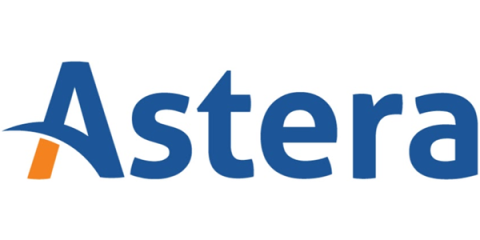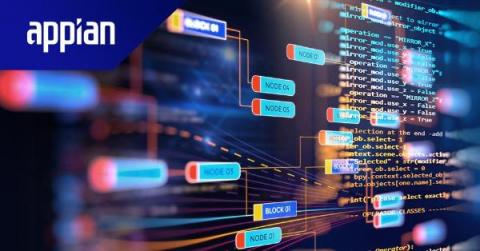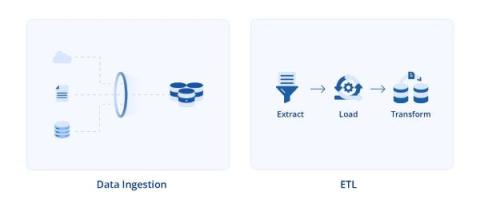Data Quality Framework: What It Is and How to Implement It
A data quality framework is a set of guidelines that enable you to measure, improve, and maintain the quality of data in your organization. The goal is to ensure that organizational data meets specific standards, i.e., it is accurate, complete, consistent, relevant, and reliable at all times—from acquisition and storage to subsequent analysis and interpretation. eBook: A Guide to Data Quality Management Download eBook.







